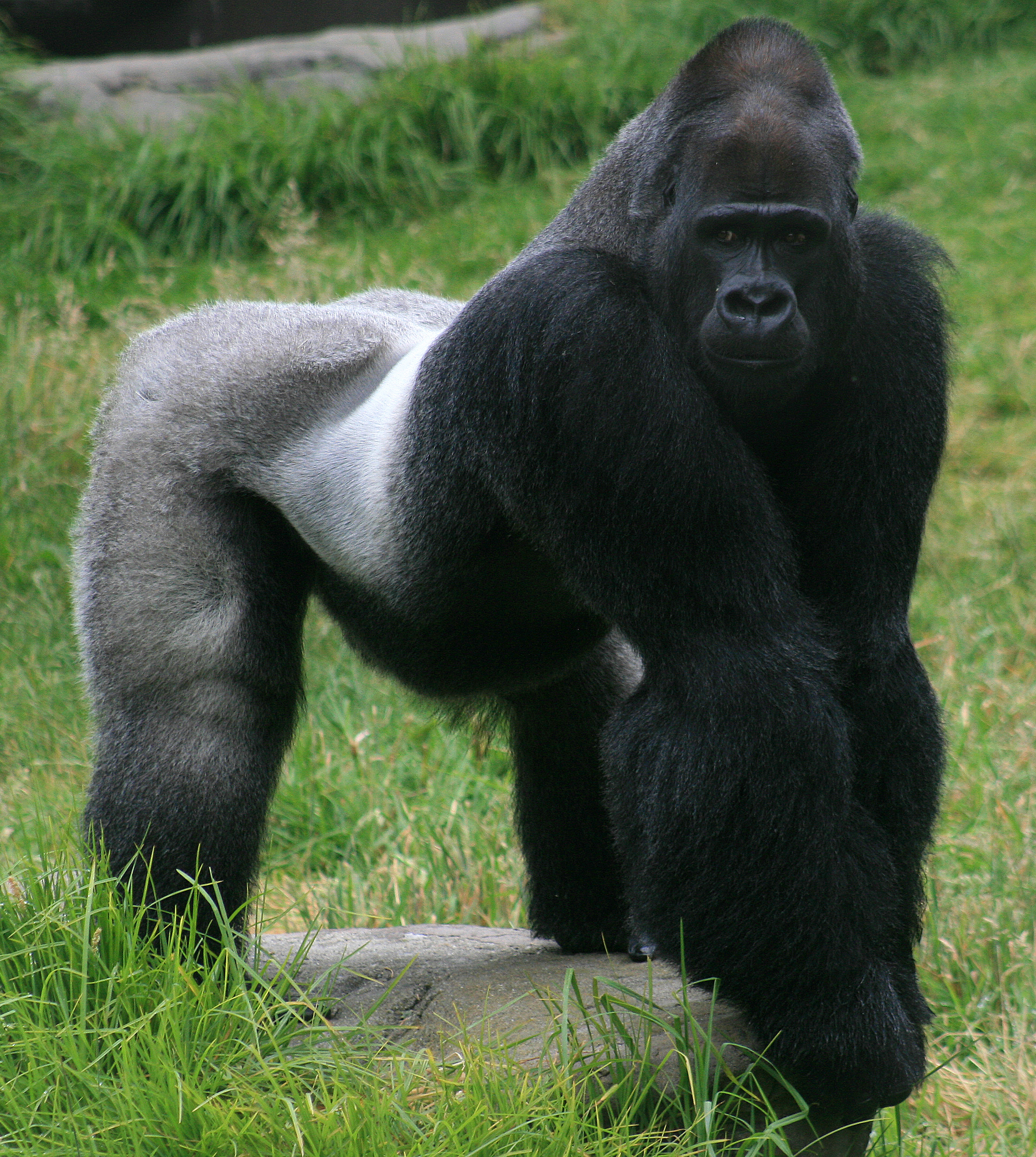 |
Krishna and Darwin dancing with
a chimpanzee (an ape, I know) |
Just have to quote this from Richard Carrier´s essay "Is 90% of all EvoPsych false?" (published at his blog in 2015). This is...hysterical!
>>>Worse, this paper, in attempting to defend EvoPsych, actually cites the pseudoscientific “gendered toys” papers as if these were an example of good science, when in fact they are precisely the kind of pseudoscience critics are attacking as inane.
>>>In Gerianne Alexander & Melissa Hines, “Sex Differences in Response to Children’s Toys in Nonhuman Primates,” Evolution & Human Behavior 23.6 (1 November 2002) and Janice Hassett et al., “Sex Differences in Rhesus Monkey Toy Preferences Parallel Those of Children,” Hormones & Behavior 54.3 (August 2008), they claimed even monkeys showed the same sex difference in toy choice as 21st century American children: girls play with Dolls, Cooking Pots, and Teddy Bears, boys play with Trucks, Police Cars, and Balls. In the first study, more specifically: a ball, a police car, a soft doll, a cooking pot, a picture book and a stuffed dog (in the second study, wheeled toys and plush toys)—not one of which would be meaningful to a monkey, of any gender.
>>>Never mind that monkeys don’t know what trucks and cars and dolls and pots are or do, that trucks and cars and cooking pots didn’t exist in the ancient environment we evolved in, that human boys play with dolls as often as girls (I never went anywhere without my G.I. Joe, whom I also dressed; today, kids play with Action Figures, as did I), and that the Teddy Bear was originally a boy’s toy. Culture is seriously confounding here, and the thesis illogical.
>>>It is impossible that monkeys evolved to have a cognitive preference for cooking pots or police cars. To even presume so is pseudoscience. (And why are we studying monkeys, our most distant primate ancestors, when we actually have sex-difference studies of tool use and play in our much closer cousins the Chimpanzees? Oh, right, because those results don´t support the sexist assumptions of these researches…though, of course, humans still aren’t Chimpanzees, either.)
Those were some damn smart monkeys, for sure! :D








_eating.jpg/1024px-Mountain_gorilla_(Gorilla_beringei_beringei)_eating.jpg)

.jpg)

